Shortly after daybreak every Tuesday, Aurelia Vargas and a team of volunteers set up boxes of groceries on tables outside the Canal Alliance offices in San Rafael. The boxes are always full of fresh produce and other healthy foods supplied by the San Francisco-Marin Food Bank. On a recent morning, Aurelia, Coordinator of the Canal Alliance Food Pantry, pointed out in Spanish, “It’s a combination of vegetables, fruits, grains, proteins. Today we have eggs… We have mangoes. My favorite fruit is mangoes.”
By 8:00 a.m., neighbors begin lining up to select groceries for their families. About 400 families depend on provisions from the pantry each week. “This is a great help for them.” Aurelia said. “The groceries in markets are too expensive.”
The pantry is a vital resource for Aurelia, too. “What I take from here helps me, for example, with my apartment bills, which are too high,” she explained. “For me, food means peace of mind, because I know that every day, I’m going to have something to give to my family.”
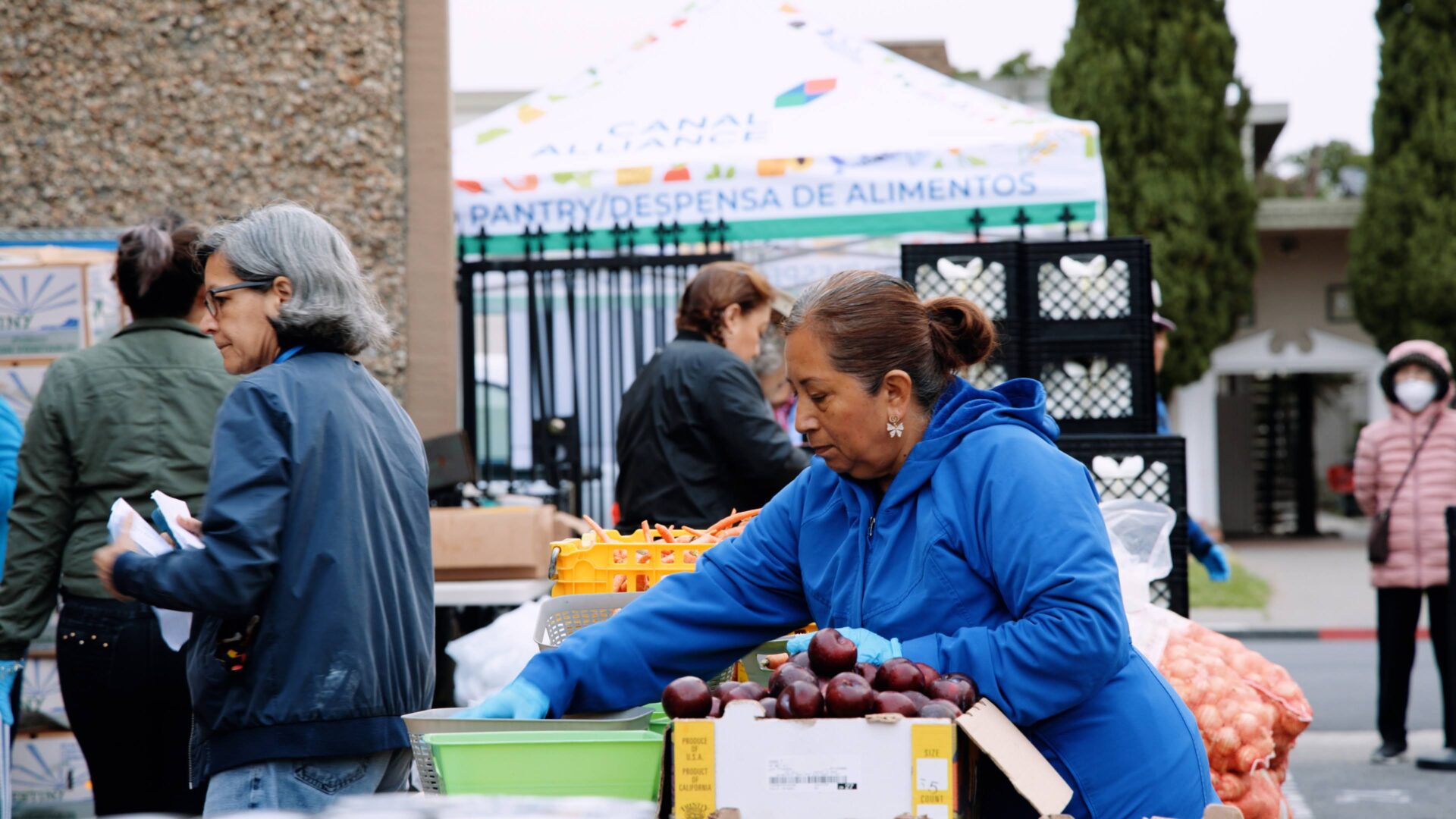
Breaking the Cycle of Poverty
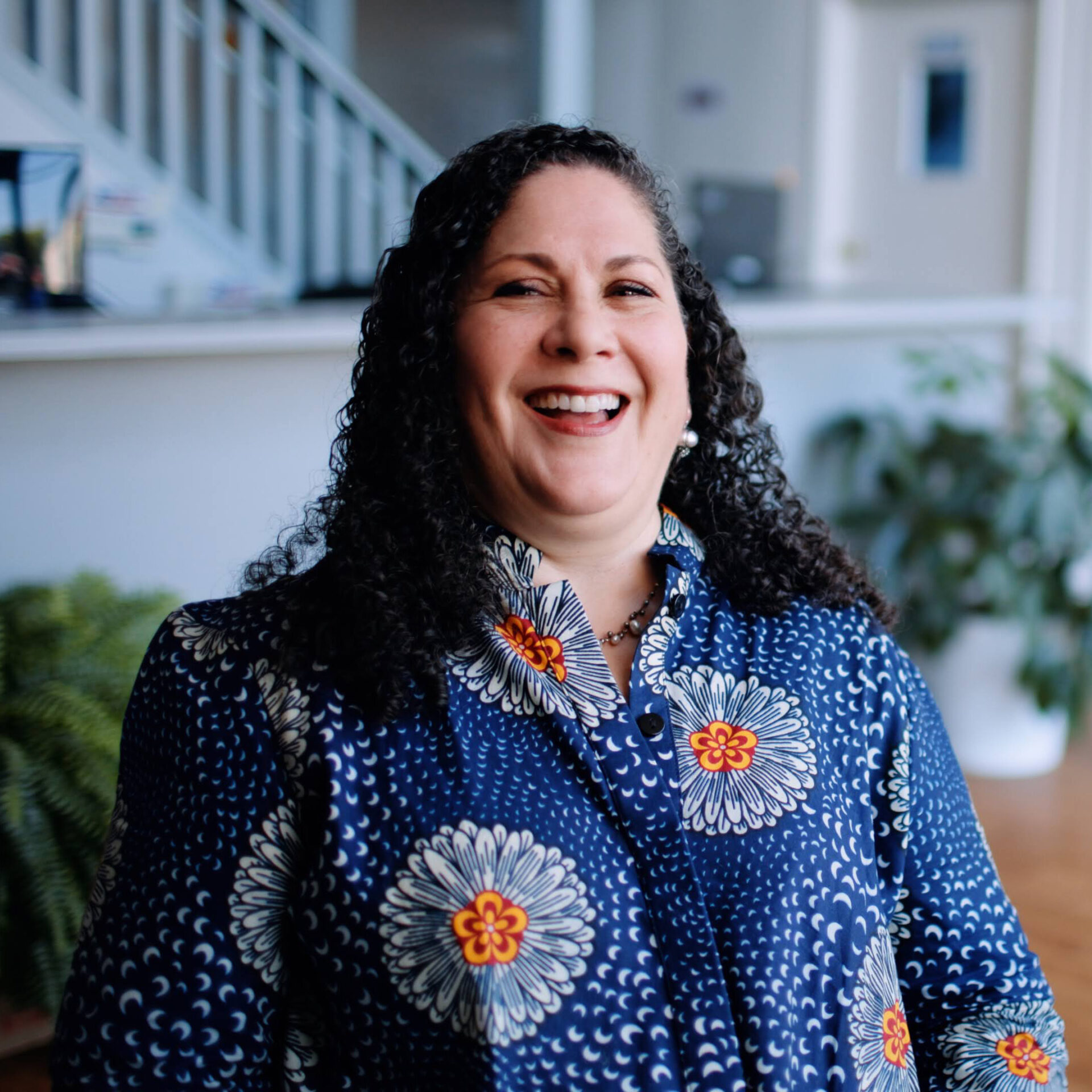
The pantry’s neighborhood, the Canal area, is one of the most segregated in the Bay Area. More than 90 percent of residents are Latinx, and nearly half live below the federal poverty level—despite the neighborhood’s location in the largely white and affluent Marin County.
Laura Jiménez-Diecks, Supervisor of Community Programs at Canal Alliance, told us: “One of the main things we try to do is to help immigrants break the generational cycle of poverty. Everyone in this county deserves to achieve their dreams, regardless of immigration status, regardless of where you’re coming from.” Besides putting food on tables, the Canal Alliance helps its neighbors learn English, gain job skills, prepare for and complete college, access health resources and MediCal, and navigate immigration law.
It All Starts with Food
“The food pantry is the entry point for all services at Canal Alliance,” Laura said. People in line for the pantry, she explained, “come up to us and say, ‘There’s this paper that I received in the mail. I don’t understand it. Can you help me see what it says?’ Or ‘I just got a job offer, but I need to fill out this application.’ They know we’re here, and they know we’re accessible to them. And it all starts with food and the connection to it.”
The Canal Alliance Food Pantry is one of 250 neighborhood pantries in the Food Bank network, but the partnership between the two organizations goes beyond sharing food. For example, Canal Alliance coordinates with the Food Bank to help its neighbors apply for CalFresh benefits (food stamps) and to advocate for state and local policy changes that can help end poverty and hunger.
Creating a New Home
“Canal Alliance’s goal is to help everyone create a new home. And what better way to start building that than by having the sustainability of food at your table,” Laura said. “That’s where the partnership between the Food Bank and Canal Alliance is so important.”
She added: “People sometimes just think of food as this one thing they just pick up, wash and consume. But it’s much more than that. So much more than that…. Food is so central to connection and dialogue and offering love. Latinos do offer love through food.”
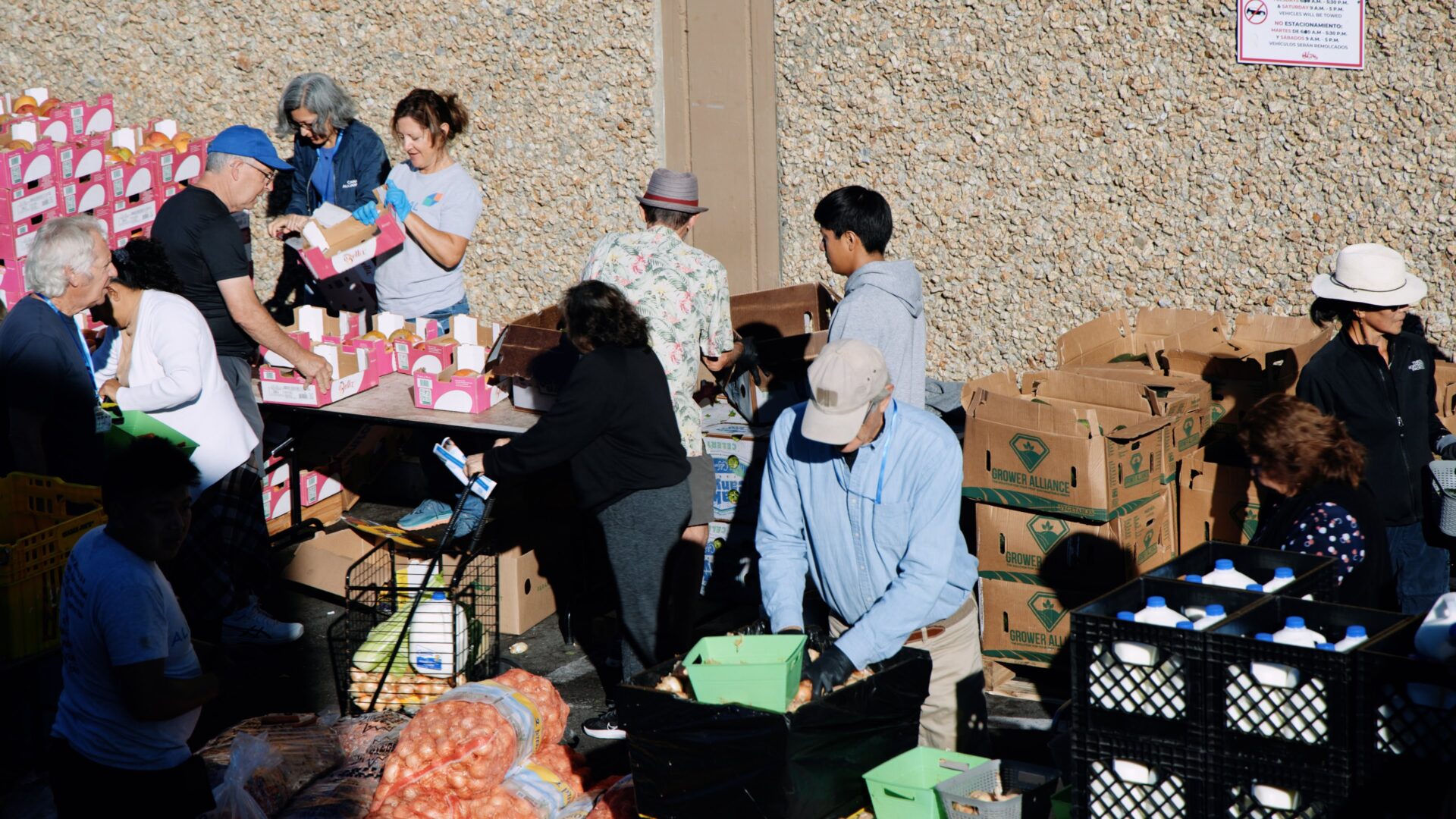
Support Canal Alliance
We couldn't do our work without the partnership of organizations like Canal Alliance. Learn more about their services.
Learn More


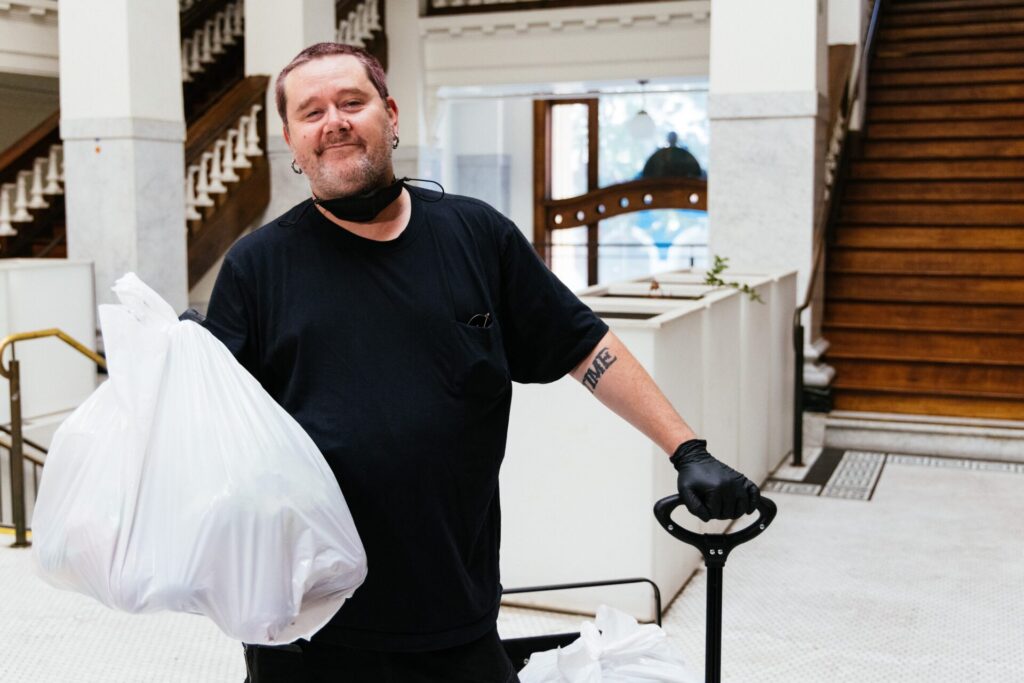
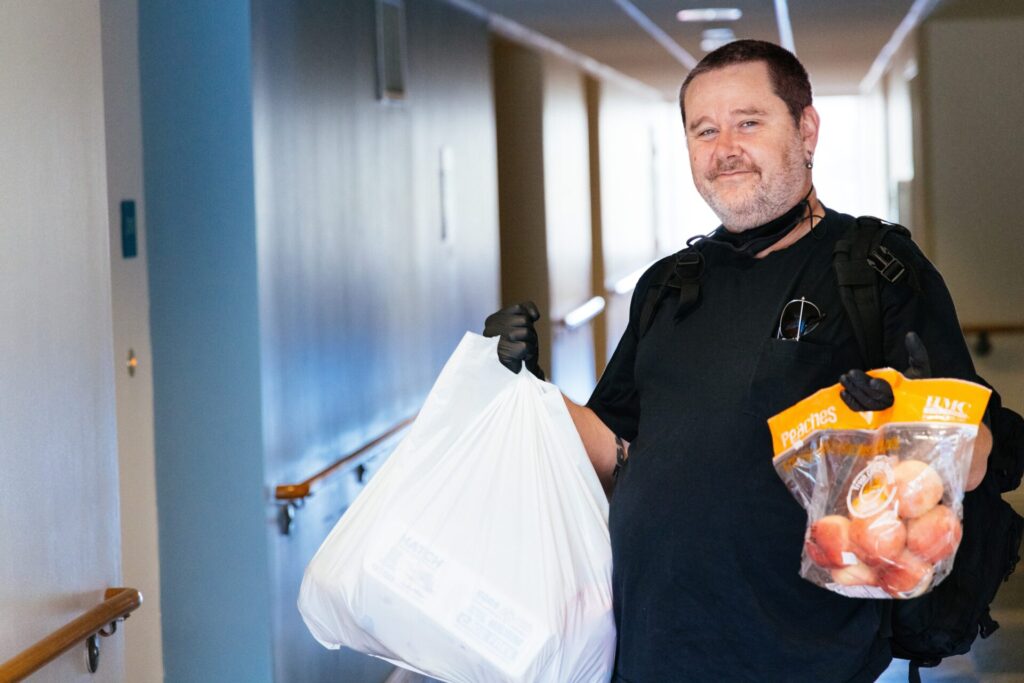
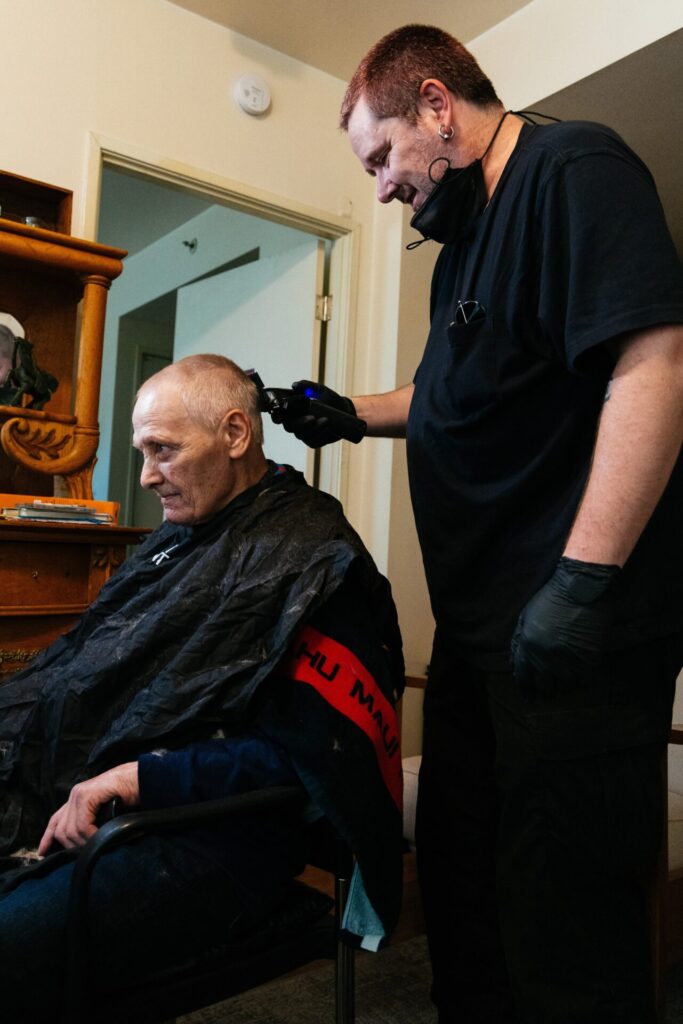
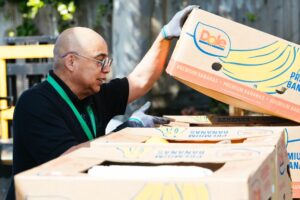 meant it quite literally. On a sunny Wednesday morning in April, Benny was busy digging through banana boxes in a Trader Joe’s parking lot, searching for stray cartons of eggs while repackaging a caseload of donated groceries.
meant it quite literally. On a sunny Wednesday morning in April, Benny was busy digging through banana boxes in a Trader Joe’s parking lot, searching for stray cartons of eggs while repackaging a caseload of donated groceries.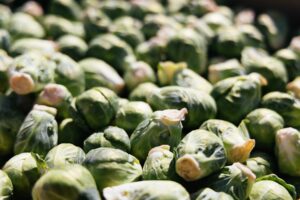
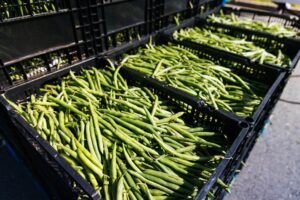
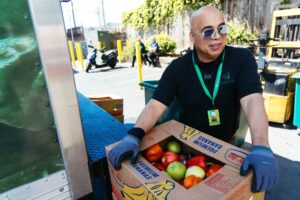 major factor in the worsening climate crisis. But what if, before it spoils, that food could make it onto the tables and into the stomachs of our neighbors across San Francisco and Marin?
major factor in the worsening climate crisis. But what if, before it spoils, that food could make it onto the tables and into the stomachs of our neighbors across San Francisco and Marin?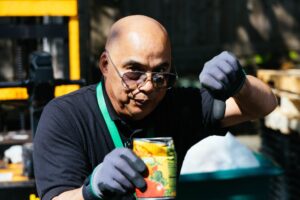
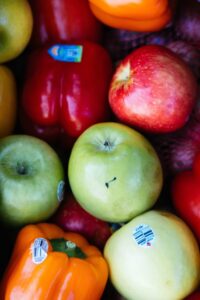 whole grains and proteins.
whole grains and proteins. 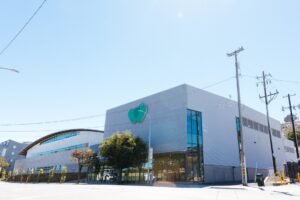 more people, and save more energy. Now, we’re building on that momentum by installing solar panels at our San Rafael warehouse!
more people, and save more energy. Now, we’re building on that momentum by installing solar panels at our San Rafael warehouse!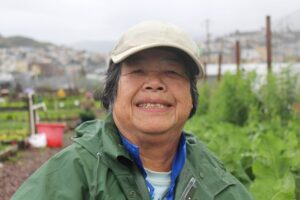 Ms. Chang finished loading up her cart with groceries and beckoned us over to view her most recent crop: a bountiful patch of cauliflower! Each plant boasted a still-growing cauliflower head, already larger than an outstretched hand.
Ms. Chang finished loading up her cart with groceries and beckoned us over to view her most recent crop: a bountiful patch of cauliflower! Each plant boasted a still-growing cauliflower head, already larger than an outstretched hand. 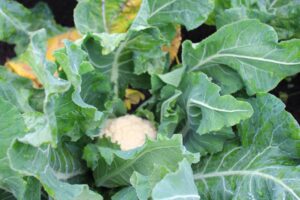

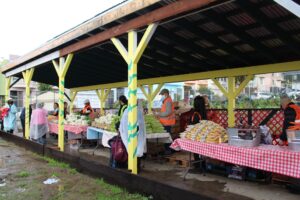 to close because of pandemic precautions, the pantry reopened with the support of the Food Bank back in February of 2023.
to close because of pandemic precautions, the pantry reopened with the support of the Food Bank back in February of 2023. 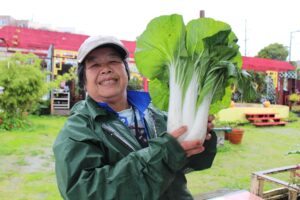 across San Francisco and Marin who are facing similar difficulties. On the Saturday we visited, volunteers laid out items like rice, bok choy, beets, carrots and celery farmer’s market-style, so each participant could take or decline items as they wished.
across San Francisco and Marin who are facing similar difficulties. On the Saturday we visited, volunteers laid out items like rice, bok choy, beets, carrots and celery farmer’s market-style, so each participant could take or decline items as they wished.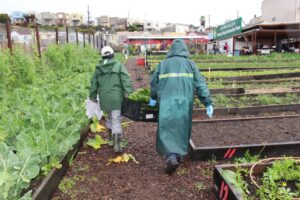 Upon immigrating to San Francisco from Guangzhou, China in the 80s, Ms. Chang worked as a sewist in San Francisco Chinatown’s garment factories
Upon immigrating to San Francisco from Guangzhou, China in the 80s, Ms. Chang worked as a sewist in San Francisco Chinatown’s garment factories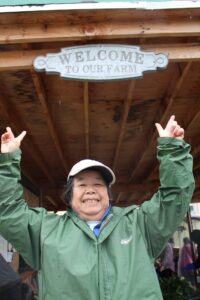 farm, and my family enjoys coming to these events. We throw parties, sing, dance, everything. Y
farm, and my family enjoys coming to these events. We throw parties, sing, dance, everything. Y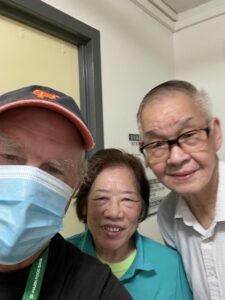 After working in the warehouse and at different Food Bank pantries during the early pandemic, Nick signed up to home-deliver groceries to seniors, families with young children, folks with disabilities and other neighbors who weren’t able to make it to a traditional pantry but still needed food. His shift took him all throughout the city — including neighborhoods that he, after many years of living in San Francisco, had never been to before.
After working in the warehouse and at different Food Bank pantries during the early pandemic, Nick signed up to home-deliver groceries to seniors, families with young children, folks with disabilities and other neighbors who weren’t able to make it to a traditional pantry but still needed food. His shift took him all throughout the city — including neighborhoods that he, after many years of living in San Francisco, had never been to before. 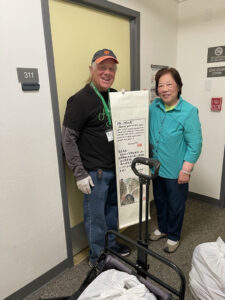 couple on his delivery route, sticks out for Nick above the rest.
couple on his delivery route, sticks out for Nick above the rest.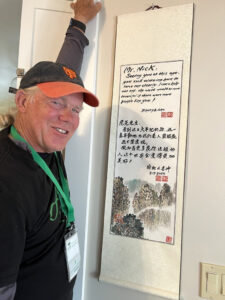 “I am humbled by all the effort behind me, by all the people at the Food Bank who make this happen. That’s the extraordinary part of this. The people who are out there on the curb in all kinds of weather, loading groceries into people’s cars, people who are working in the warehouse day after day, that’s not exactly the easiest thing to do,” he said. “I’m just the delivery boy.”
“I am humbled by all the effort behind me, by all the people at the Food Bank who make this happen. That’s the extraordinary part of this. The people who are out there on the curb in all kinds of weather, loading groceries into people’s cars, people who are working in the warehouse day after day, that’s not exactly the easiest thing to do,” he said. “I’m just the delivery boy.”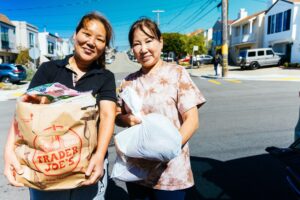
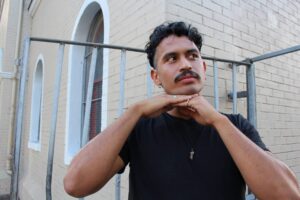
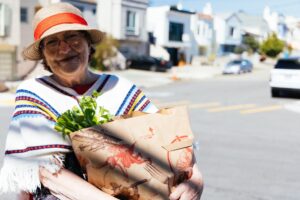
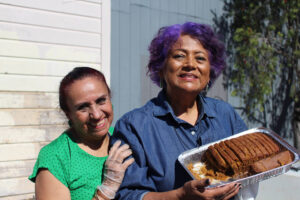
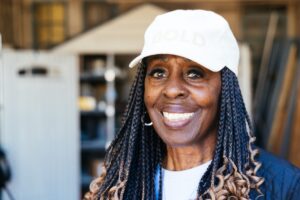
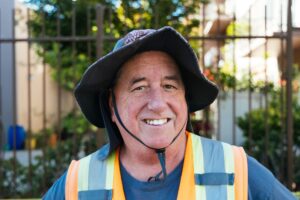
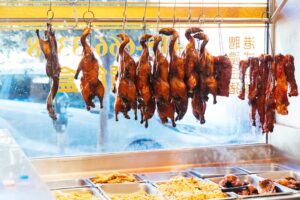 below. Next door, another restaurant dishes up steaming, juicy xiao long bao.
below. Next door, another restaurant dishes up steaming, juicy xiao long bao.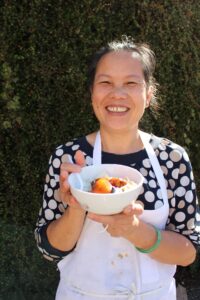 down restaurants all over the Bay Area and put her and thousands of others out of work. As a single parent raising a high schooler, putting another daughter through college, and helping support her eldest daughter at the time, Ming needed some support of her own. Ever since, these weekly groceries from the pantry near her work have remained a crucial time- and money-saver for this busy mom.
down restaurants all over the Bay Area and put her and thousands of others out of work. As a single parent raising a high schooler, putting another daughter through college, and helping support her eldest daughter at the time, Ming needed some support of her own. Ever since, these weekly groceries from the pantry near her work have remained a crucial time- and money-saver for this busy mom. 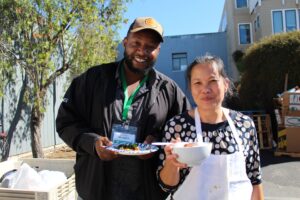 volunteers make their way over, dishing up portions buffet-style and gathering around the foldout table. Turns out, it’s not only Ming’s family that she’s bringing together over food.
volunteers make their way over, dishing up portions buffet-style and gathering around the foldout table. Turns out, it’s not only Ming’s family that she’s bringing together over food.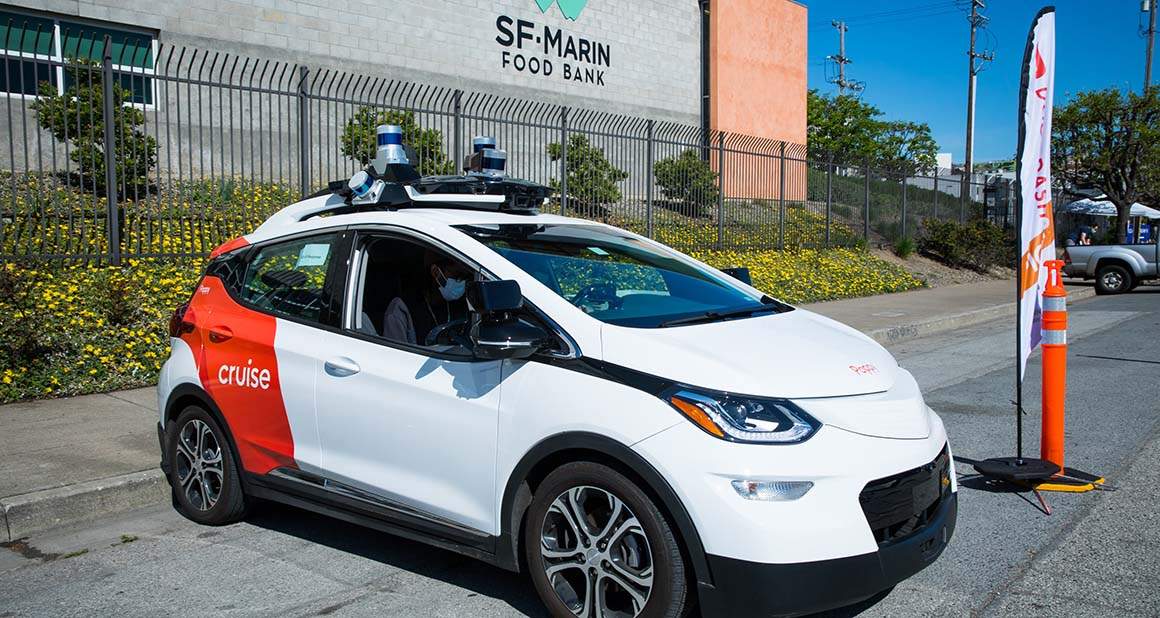
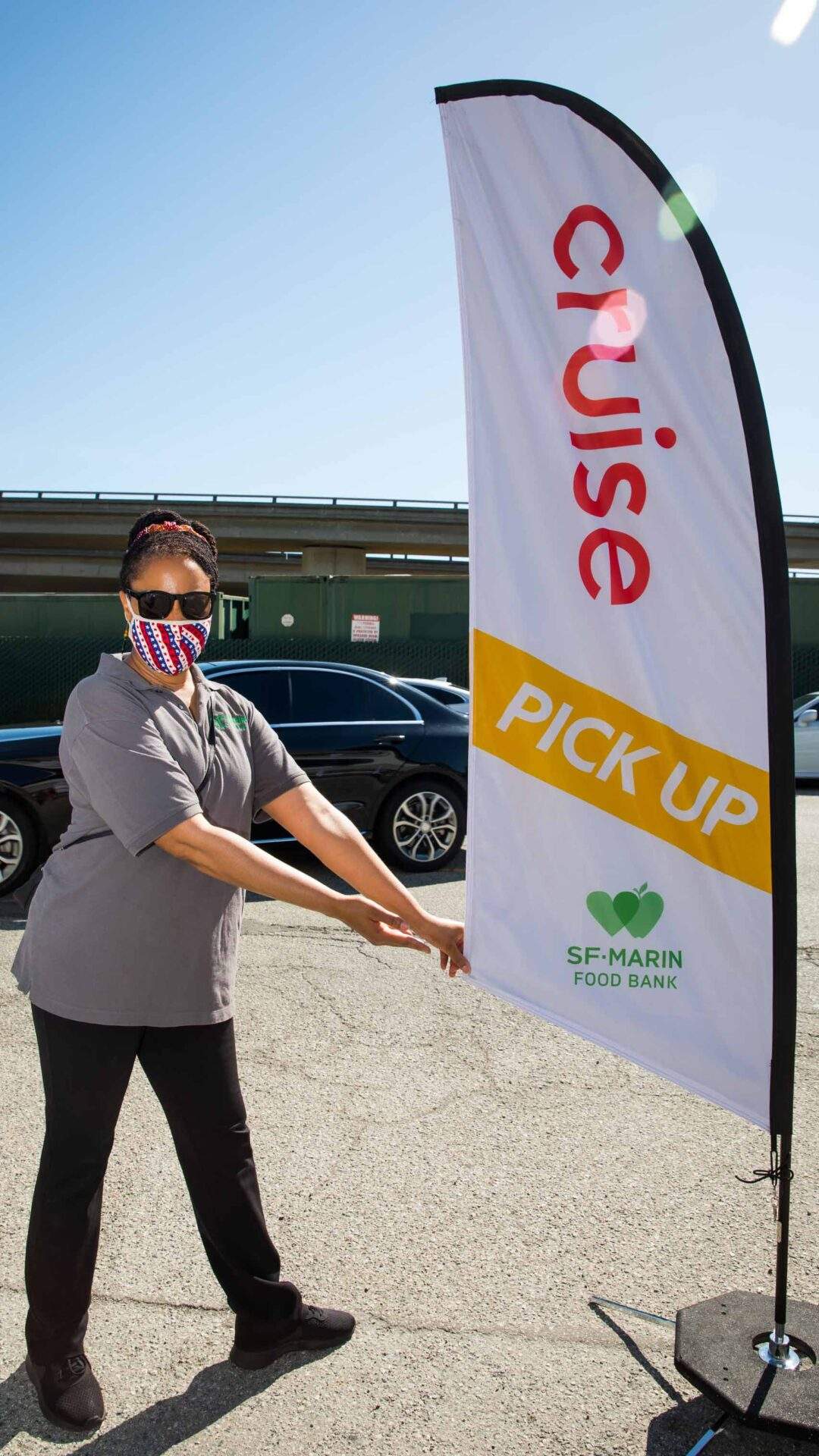
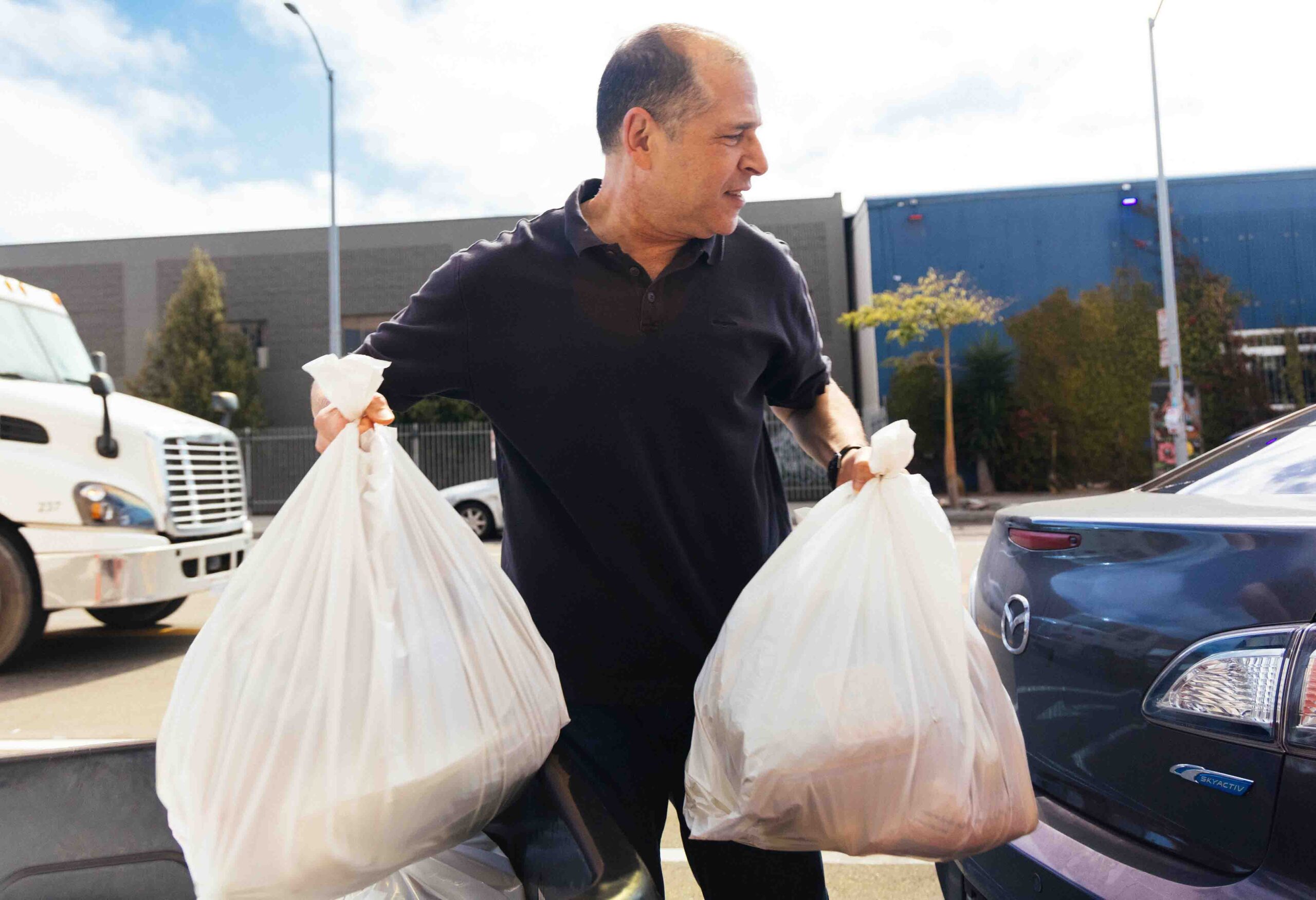

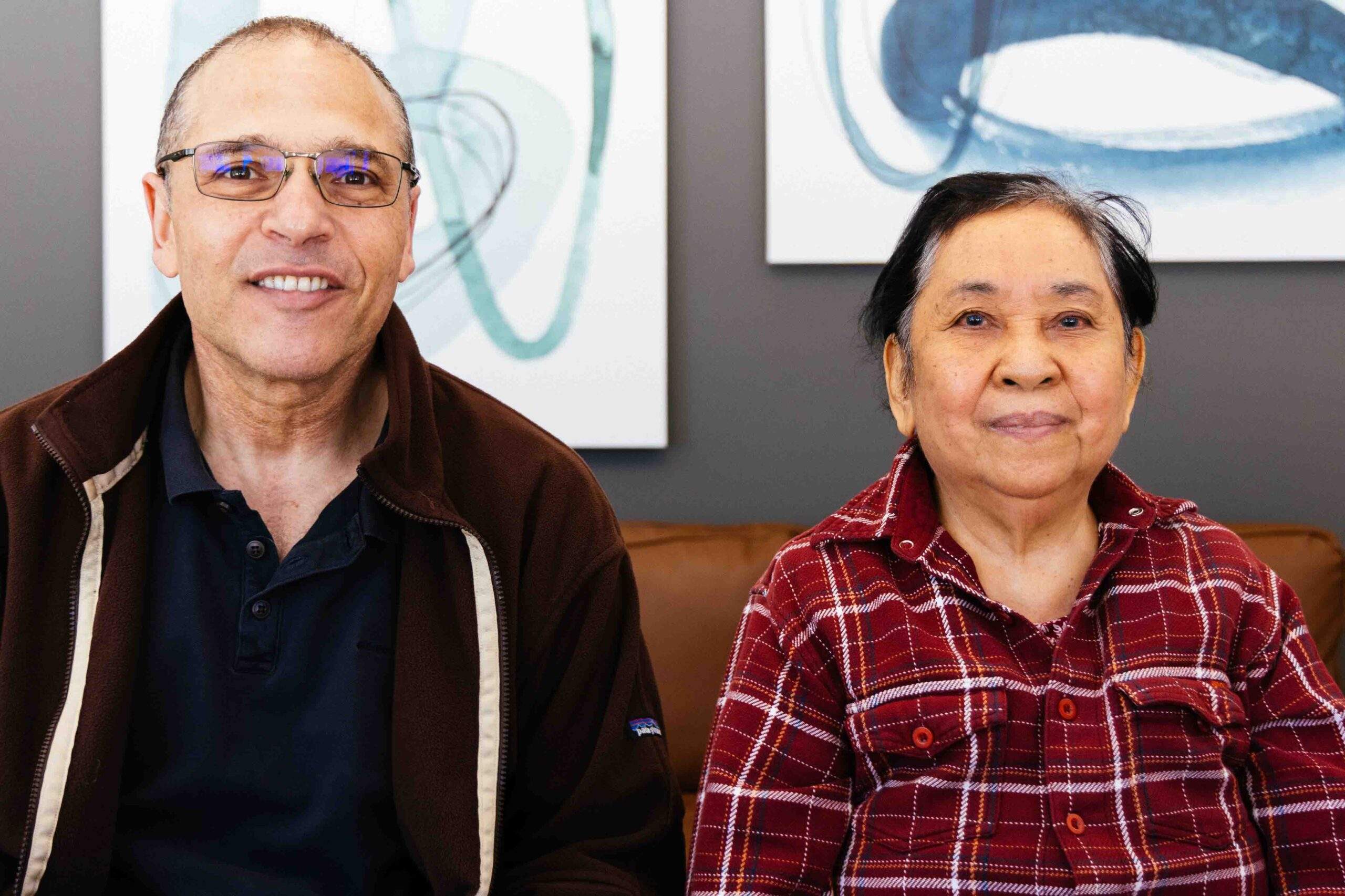
Share